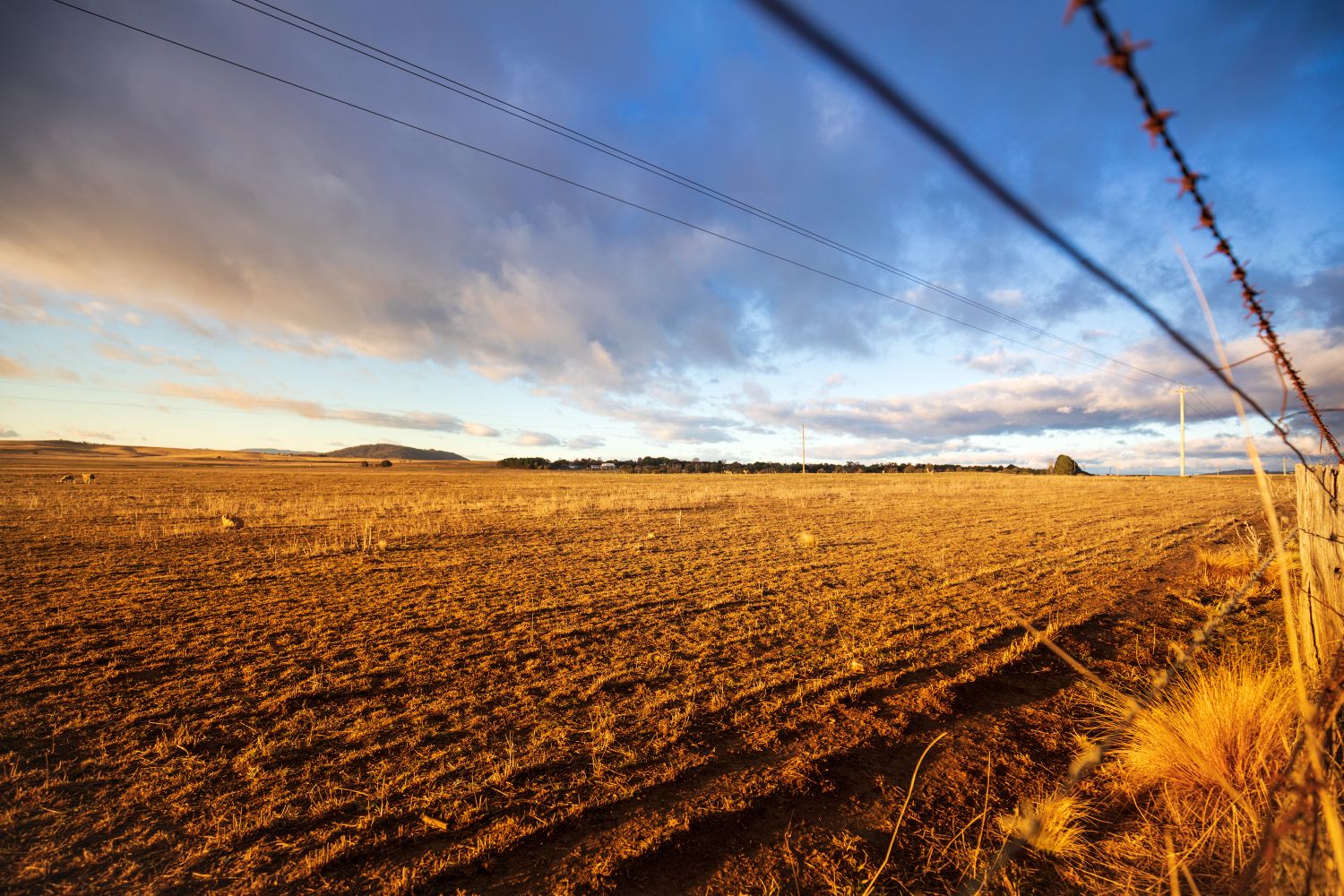The National Weed Biocontrol Project aims to enhance drought resilience and sustainable land management across Australia by reducing the impact of invasive rangeland and aquatic weeds.
It is one of eight projects under the Australian Government’s Future Drought Fund: a commitment to improving landscape function and ecosystem services for drought resilient farms and landscapes.
It will achieve this by establishing a nationally coordinated consortium to fast-track the mass-rearing, release, monitoring, and evaluation of biocontrol agents targeting seven priority weed taxa.
This project will deliver a scalable, cost-effective solution to weed management, improving landscape function and productivity over more than 10 million hectares.
African boxthorn, prickly acacia, horehound, opuntioid cacti* (several species of cacti including tree prickly pears, Hudson pear, rope pear, & snake cactus) and three aquatic weeds – cabomba, sagittaria and salvinia – are the species prioritised for biocontrol due to their impact on Australia’s agricultural productivity, biodiversity and drought resilience. Aside from horehound, all are Weeds of National Significance.

